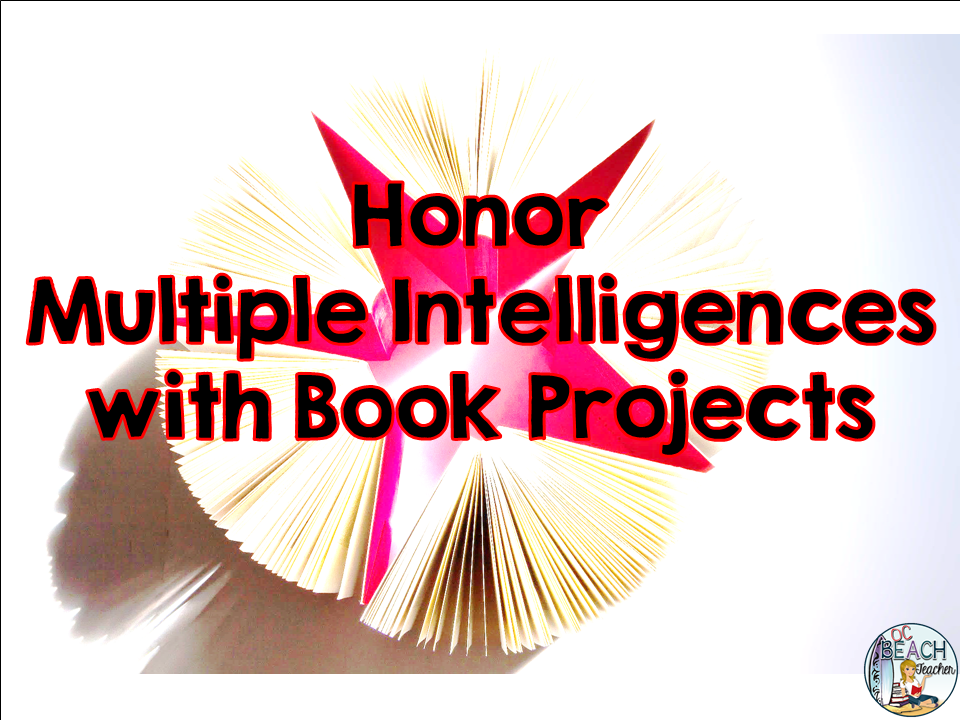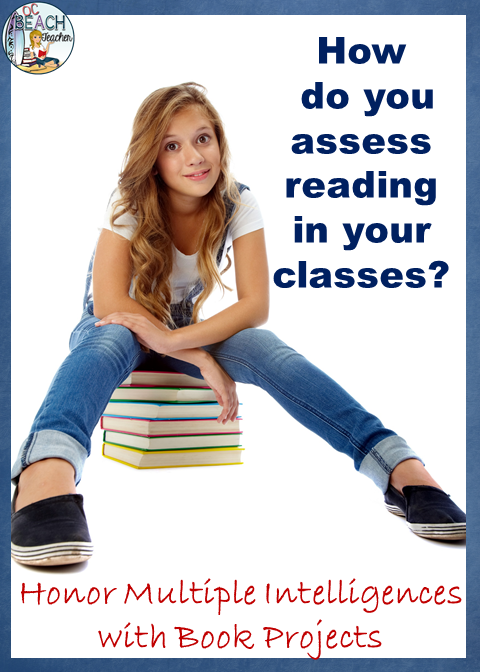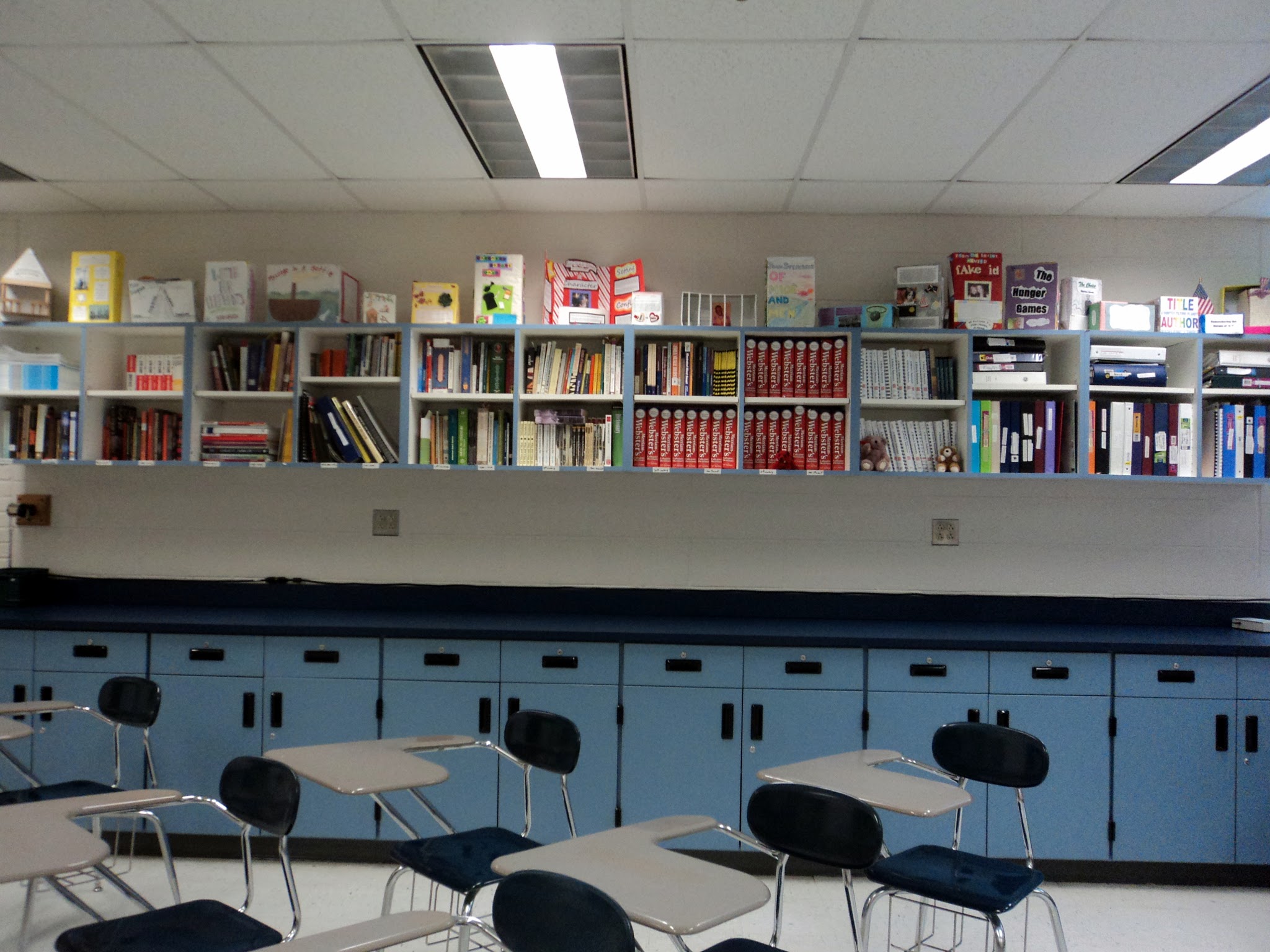How do you assess the reading of novels in your classrooms? I try to vary my assessment throughout the semester and use reading logs, literature circle activities, whole-class discussion, tests, and book projects. Although I have a love-hate relationship with book projects (they can be annoying to grade and may tempt students to plagiarize), I think that they empower learners by encouraging them to use their multiple intelligences, which may not often be valued in school.
Here are strategies that help make book projects more enjoyable and effective:
Give students choices.
For my most recent project, to individualize instruction, my students had the following choices:
- Create a “comic book” chapter for your novel with frames that have illustrations, color, captions, and text.
- Write a two – three page new ending for your novel. It may be an ending that you would have preferred or one that just changes the outcome in a plausible way.
- Make an audio book for at least one chapter in your novel. Read each character’s lines with expression and differentiate voices of characters and the narrator.
- Enjoy a “literary feast”! Create a written menu with choices symbolizing literature elements (character, setting, plot, conflict, and/or theme) from your novel. Choose and prepare one of the foods to share with the class.
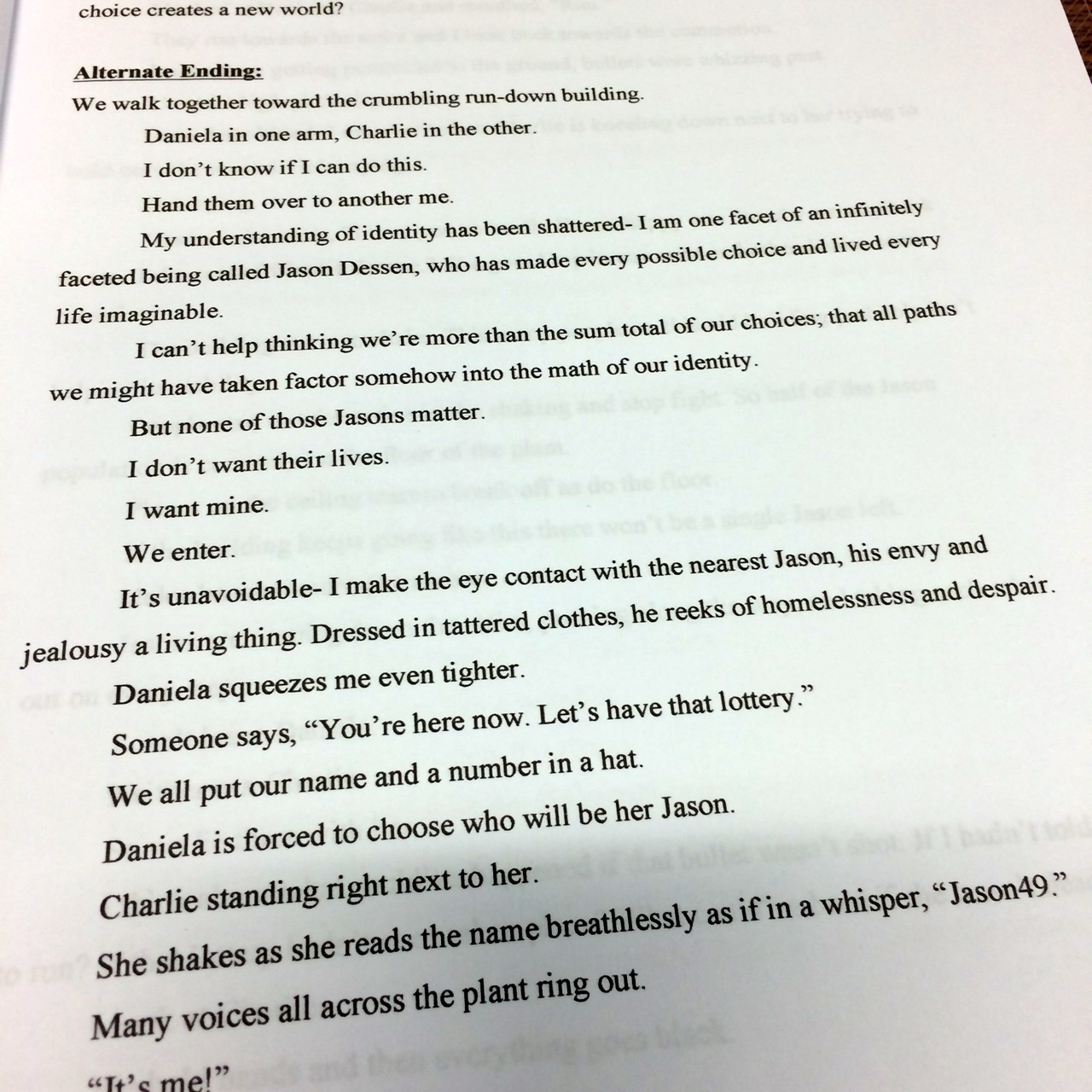 |
| Here’s an example of a student’s alternate ending |
 |
| A literary feast for John Grisham’s Bleachers. |
 |
| Diorama for The Book Thief |
- Build a three-dimensional construction. Create a book cube, cereal box, or diorama which illustrates your book’s major literary elements.
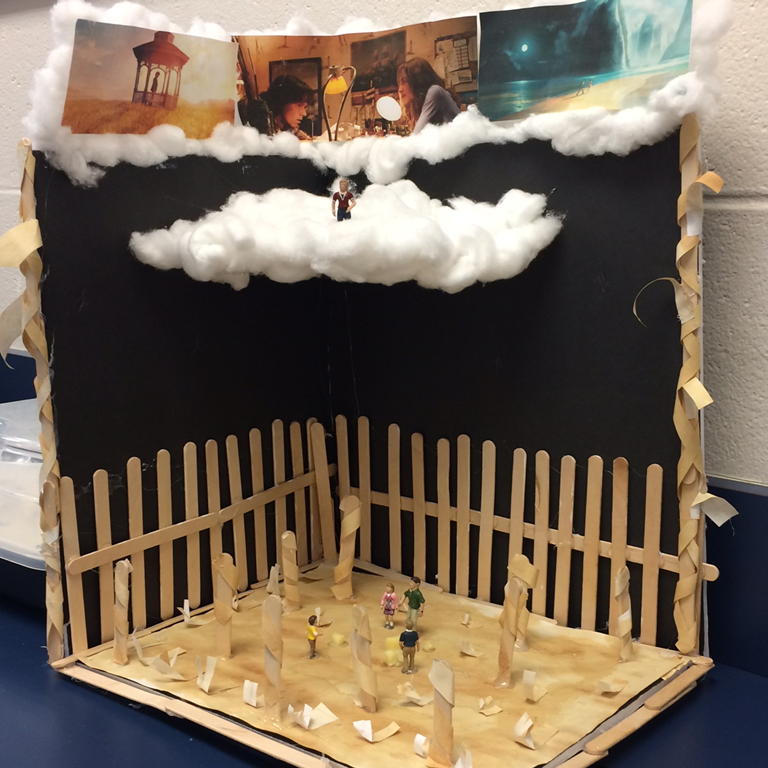
Diorama for The Lovely Bones - Create a 5-10 slide Power Point presentation, Prezi, or other multimedia presentations that analyzes the author’s style of your book.
- Produce a digital book talk, a video with a book trailer (like a movie trailer) to share with the class. I borrowed this idea from this web site.
- Design a “message in a bottle”: Use a plastic bottle and decorate it with a title, the author, cover image, and other symbols related to the book. Then write a letter to a future reader enticing them to read and giving a review of the novel. This idea came from someone in my #2ndaryela group.
Reduce grading-time with oral presentations.
I can assess my students’ learning while I listen and watch my students give their presentations (and they get practice with oral communication skills). I use a rubric that I can easily mark. You can get a copy of it from my Google Drive here. This year, I made the rubric two-sided and asked students to rate their expected performance before presenting. They gave me their self-evaluation at the beginning of their presentations. This required students to look closely at the grading criteria and gave me insight for my evaluation.
Help prepare them for the projects.
I give students 3 – 4 weeks to read the books and inform students that they will be receiving a project assignment. Near the end of their reading, I assign the project and require students to complete a planning sheet. This is a short assignment in which students respond to questions about their project selection, materials needed, and time management. They also include brief notes on basic literary elements with several text examples. When I read their responses, I can provide feedback before they work on the project, and it helps prevent them from procrastinating.
Sometimes, we watch videotaped presentations from former students. The students discuss the performances, evaluating eye contact, voice, and body language. Recently, we watched my very first students who were in 6th and 7th grades. My juniors were impressed at the skills these former students display (and noted how old I am 😉
Require students to listen to their classmates.
Give students a “Book Talk Record” where they list the titles and authors of their classmates’ books and rate whether these books sound interesting for future reading. My students keep the book talk records as a tool for the next time they need to choose a book.
Create a book project exhibition.
I display the best projects on top of my classroom cabinets. It’s an easy and piques my students’ interest in the books. Over the years, I’ve acquired quite a few!
I’m always looking for new ideas for my book projects. Do you have project ideas to share? Please comment below.


